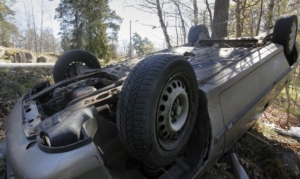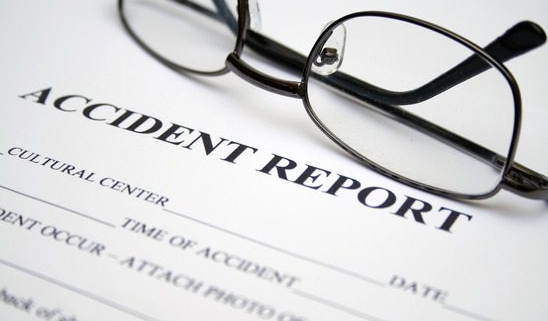How to Calculate Non-Economic Damages
If you sustained a serious bodily injury in a car accident with a reckless or negligent driver, you may be eligible to recover both economic and non-economic damages. Economic damages are fairly easy to determine and include objectively verifiable costs like medical bills, lost wages, and reduced earning capacity, but calculating non-economic damages such as pain and suffering is much more complicated.

Pursuant to California Civil Jury Instructions 3905A, plaintiffs can recover compensation for non-economic damages following all kinds of accident scenarios. In general, the only kinds of injuries that prohibit an accident victim from recovering compensation for pain and suffering are those sustained at work.
If you were hurt in an accident that was not your fault and you want to determine what kinds of non-economic damages you may be eligible to recover, contact Jeffrey E. Estes & Associates. Attorneys Jeffrey E. Estes and Alton J. Smith have been litigating personal injury cases on behalf of California residents for almost three decades. Call 855-290-8080 to schedule a free case evaluation with an injury attorney in San Diego.
Read on to learn about two of the most common ways to calculate pain and suffering damages in a personal injury case:
The Multiplier Method
The easiest way to calculate pain and suffering damages is by using the multiplier method. In order to use this approach, all you need to do is multiply your total economic damages by a specific factor. This factor might range from 1.5 to 5, but it can be much higher or lower depending on the circumstances of the case.
In many cases, the multiplier method is a fair and reasonable way to calculate pain and suffering damages, but it is not necessarily the best approach for all personal injury claims. Ultimately, the biggest determining factor of your pain and suffering damages will be the nature and extent of your injuries, not a somewhat arbitrary numerical factor.
The Daily Rate Method
The daily rate, or per diem, method for determining pain and suffering damages is also fairly straightforward. In order to apply this method, you simply determine a fair “daily rate” for living with your injuries, and then you multiply this rate by the number of days that you spend recovering from the accident.
Calculating the precise daily rate can be challenging, but it is common to use the plaintiff’s actual daily earnings. The argument for this number is that recovering from injuries is at least as emotionally demanding as going to work every day.
The court ultimately determines pain and suffering damages on a case-by-case basis. Considering just how many factors can affect the physical pain and emotional distress that you experience following an accident, it is not surprising that there is no concrete formula for calculating these losses.
If you were injured in a collision with a negligent driver and you want to file a personal injury claim for damages like medical bills and pain and suffering, contact Jeffrey E. Estes & Associates. Jeffrey E. Estes will evaluate your case, interview any witnesses, gather evidence, calculate your economic and non-economic damages, and help you fight for the maximum payout.
Call 855-290-8080 to schedule a free consultation with an accident lawyer in San Diego. You can learn more about personal injury claims in California by visiting USAttorneys.com.















